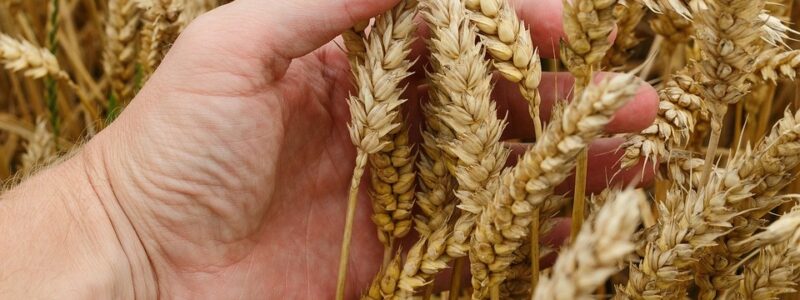
Since the beginning of the Russian aggression, Ukraine has been forced to change the geography of agricultural exports, as a result of which the share of Europe reached 59% in January-October 2023 compared to 32% in 2021, the Ukrainian Agribusiness Club (UCAB) reported on Facebook.
According to the report, such an increase in exports of agricultural products to Europe is forced and is explained by a decrease in supplies to other regions: the share of Africa decreased to 7% from 14%, Asia – to 12% from 19%, and Southeast Asia – to 4% from 13%.
“The main reason for these changes is the blockade of Ukrainian seaports by Russian troops. The development of alternative routes, which were possible only through the territory of the EU countries, led to changes. Ukrainian farmers were forced to look for buyers of their products in Europe,” the analysts explained.
The UCAB reminded that deliveries to Africa and Asia during the war became possible only thanks to the work of the grain corridor in cooperation with the UN and Turkey, as well as the temporary grain corridor, which is currently shipping.
In 2023, the structure of exports of Ukrainian agricultural products in terms of the main export items is similar to last year’s figures: 39% were grains, 26% were vegetable oils, 4% were meat, and 2% were dairy products, eggs, and honey. At the same time, exports of oilseeds decreased to 12% compared to 16% in 2022, while exports of oilcake increased to 6% from 5% during the year. The permission to supply sugar to foreign markets allowed producers to increase its share in agricultural exports to 3% over the year.
In pre-war 2021, the structure of Ukraine’s agricultural exports was as follows: cereals – 45%, vegetable oils – 26%, oilseeds – 9%, meals – 6%, meat – 3%, and tobacco products – 2%.
“The only way to resume exports to Ukraine’s traditional markets is to ensure the safety of sea export routes and increase the volume of shipments through this channel,” the UCAB summarized.